|
|
#1 |
|
Sua Sponte
Join Date: Feb 2008
Location: Killeen, TX
Posts: 839
Rep Power: 18  |
How to Troubleshoot your fuel system
This thread is meant to help rx-7 owners troubleshoot and fix their fuel problems. Always be extra safe and wear protective glasses and clothing. A face full of gasoline is never good. Feel free to add to this thread if you have more technical advice.
To start out, make sure your fuel lines are routed properly. There are 3 main lines, the feed, ventilation, and return line. Here is the fuel system diagram. 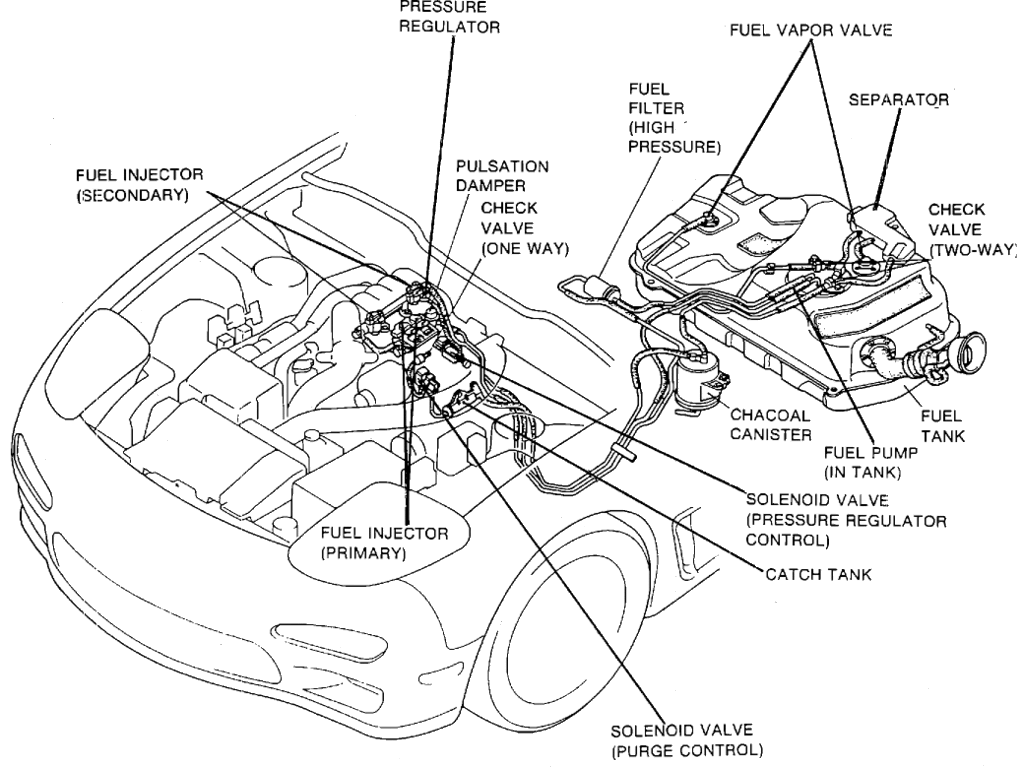 Once you have verified you that your fuel lines are correctly routed. You want to listen for the fuel pump to come on. Sit in your car and turn the key to the on position, you should hear the fuel pump turn on for 2 seconds. You can further test this by taking a piece of wire and with the key still in the on position, touching one end of the wire to the pin labeled f/p and the other end to the ground. 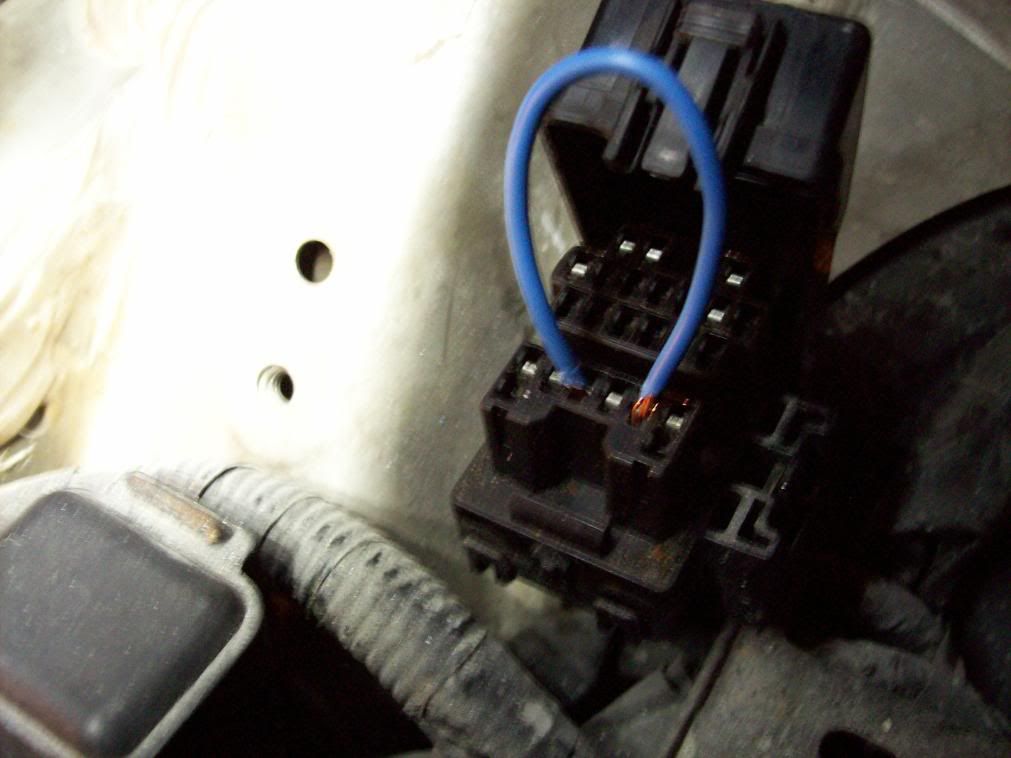 The diagnostic box is located on the drivers side of the engine bay close to the battery. It is a small plastic black box that should say “diagnostic” on it. 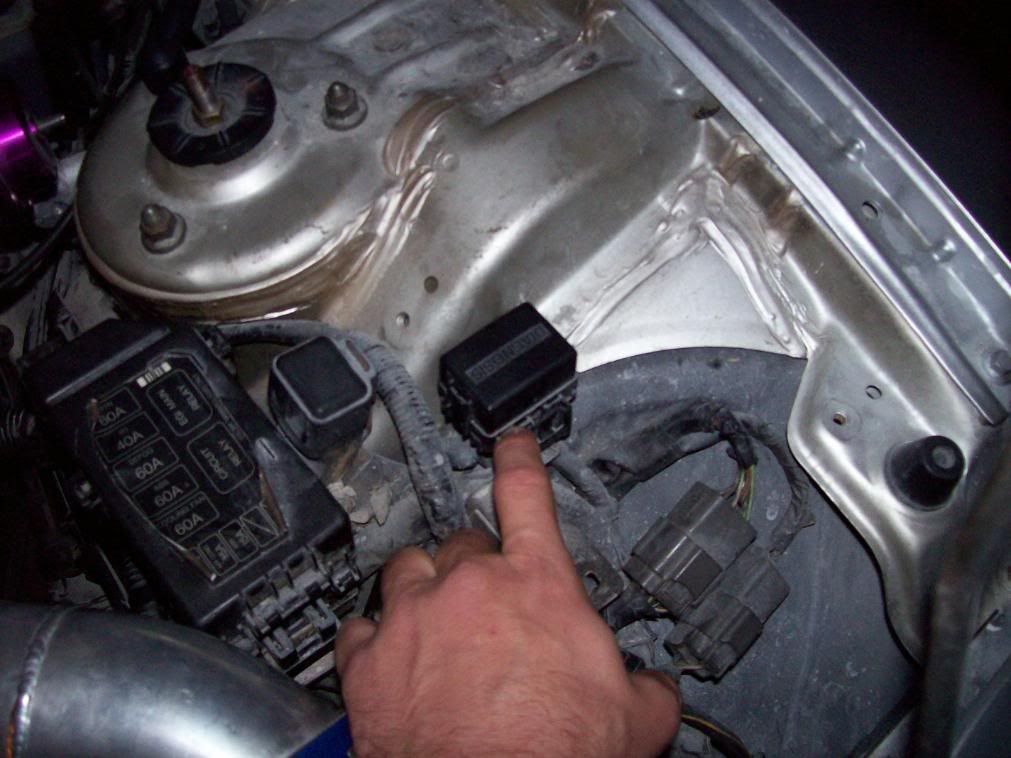 If after 5 seconds or so, you can’t hear the fuel pump, chances are it seized up and will need to be replaced. Once you have verified that the lines are routed correctly and the fuel pump is pumping you need to verify that fuel is making it’s way to the rail. If you have an aftermarket fuel set up, it should of included a fuel pressure regulator with a fuel pressure gauge. Once you have ran the fuel pump, the gauge should read somewhere inbetween 36-38psi. Some say 40psi and above. Make your own decisions based on your setup. Here is a video of the fuel pump being turned on and pressure coming up: *Warning* before you fix any leaks, you need to relieve the fuel pressure in the system, turn the key off, and disconnect the battery as a safety precaution. Once fuel pressure comes up, you need to verify that it stays up. If the gauge shows pressure is dropping, you have a leak. At this point, you want to look at the primary and secondary rail and look for leaks. Feel around gently with your hands around all fittings, rails, and injectors. A very common point of failure on a stock fuel system is the fuel pulsation dampener. If it is leaking, replace it. Common causes for leaks on injectors is O-Rings. If you notice any type of tear in the o ring, it needs to be replaced. You can either order one from someone like KG Parts(aftermarket) or if you are still using the stock system, Ray at Malloy Mazda. I usually just take the old o-ring to the parts store and have them match it with a fuel rated o-ring. Once you have the new o-ring, put a light coat of oil or grease on it(once again, all kinds of preferences on what to use), and slide it back into the rail. I normally wiggle mine back and forth until they slide in and properly seat. A common cause of the primary injectors leaking is leaving the small spacer off from underneath the primary injector rail causing the rail to cant and leak slightly. If you do not have one, you can either order one from Mazda, the part number is N326-13-158 and should be less than $10. You can also make one yourself, the spacer is one hundred and sixteen thousands thick. This is an easy fix: 1. unbolt the two 12mm bolts 2. pull the rail out 3. Take the fuel injector insulators that sit in the block and make sure they are properly in place and are not damaged. 4. Replace fuel rail with spacer 5. Replace 2 12mm bolts Your lines may also be leaking. The common causes for this is either a cut/hole in the line, bad clamp where it connects to the hardline, or a warn out fuel line. Simple fix here, remove and replace weak link, whether it be a clamp or a hose. Once you have sorted all of your fuel leak issues, reconnect the battery and turn the key to the on position and let the fuel pump pressurize the system. Verify the fuel system is holding constant fuel pressure of 36-38psi. Mine is a little low in this picture, but you get the idea. 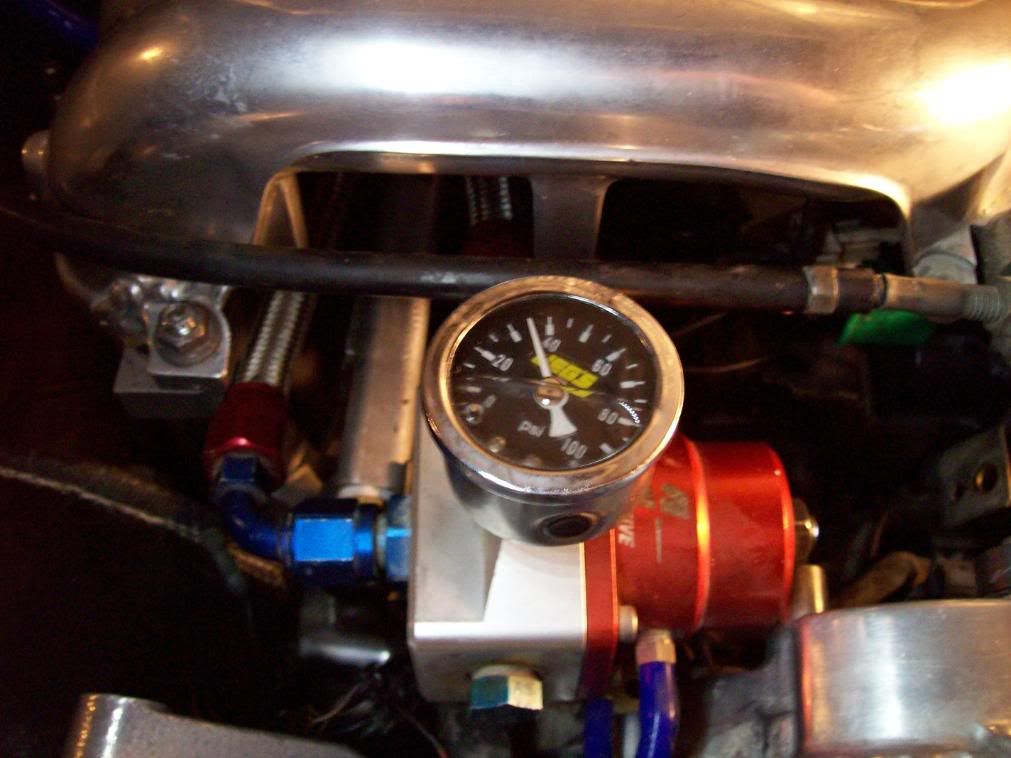 At this point, you have fuel getting to the injectors. Now you need to verify that the injectors are opening and closing. The rx7 injectors work off of two wires. If I remember correctly, the top wire has constant power on it. The bottom wire is the ground. When the ecu sends out the signal and grounds circuit, the injector opens and closes. I would recommend having your injectors cleaned if you are having issues. I had one instance where I installed a new set of primary injectors that I verified were working, only to find out the next week that one was stuck. To verify your injectors are opening and closing: 1. Get a small set of jumper clips. 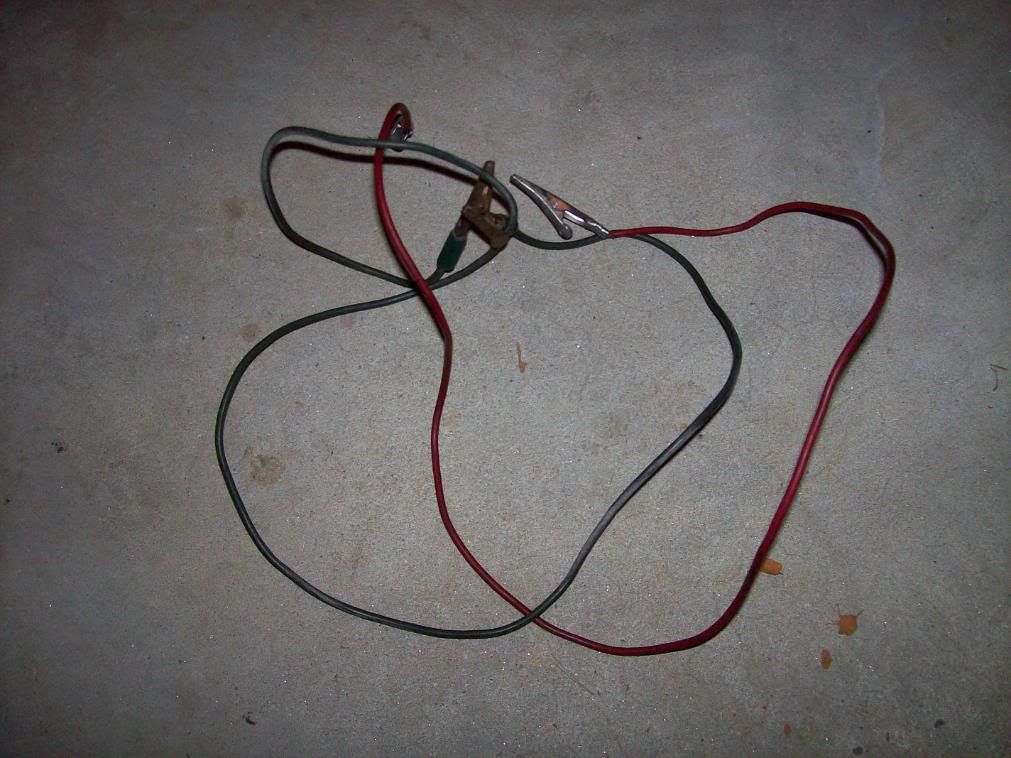 2. Place the one clip on each injector prong(order does not matter) Place the other end of the clips, one on a ground in the engine bay and touch the other clip to a 12v source(positive side of the battery for example) and then remove it quickly. 3. You should hear the injector click. If you do not hear a click, you have a stuck injector. It needs to be cleaned or replaced. 4. Repeat the process for the other 3 injectors. Here is a video of what the injector clicking sounds like: If you still are not having any luck, it is now time to check to make sure the injector connectors on the wiring harness are working properly. As described above, there are two wires on the connector. One wire is a constant power source. The ecu sends a signal and grounds the other wire causing the injector to open and close. The easiest way to verify this is to go to advance auto and buy a node light set(big up’s to David Jerome for telling me about them). Here is what they look like: 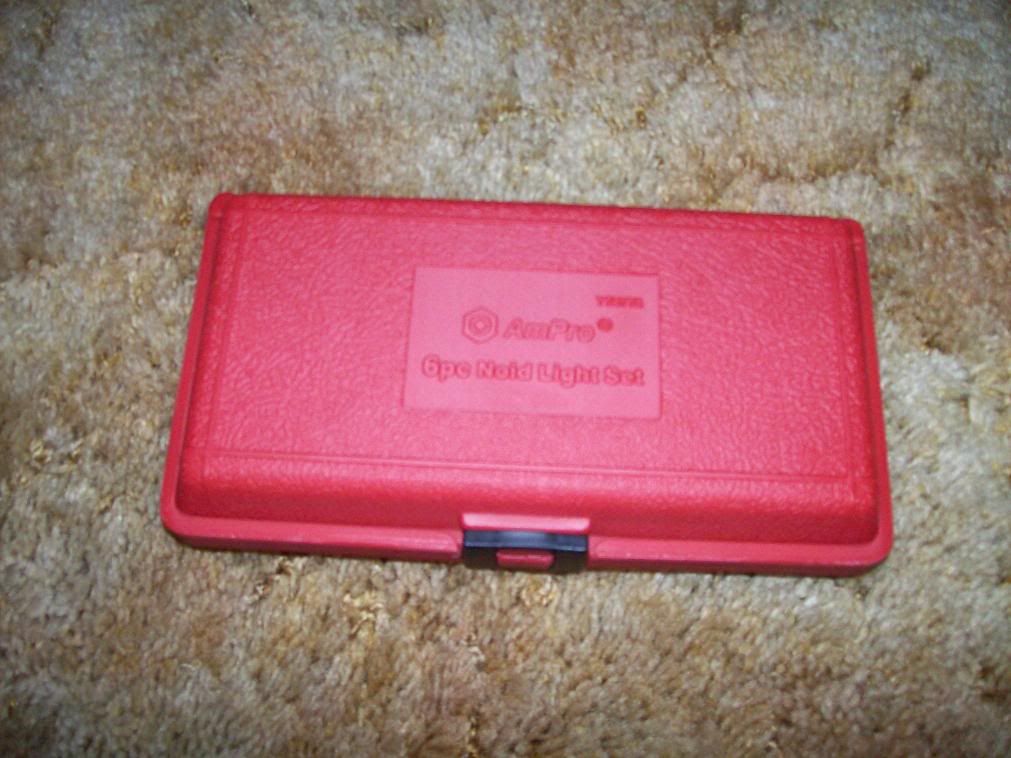  All you have to do is: 1. Take the node light labeled “bosch“ out of the set. This works on aftermarket and stock injector connector clips. 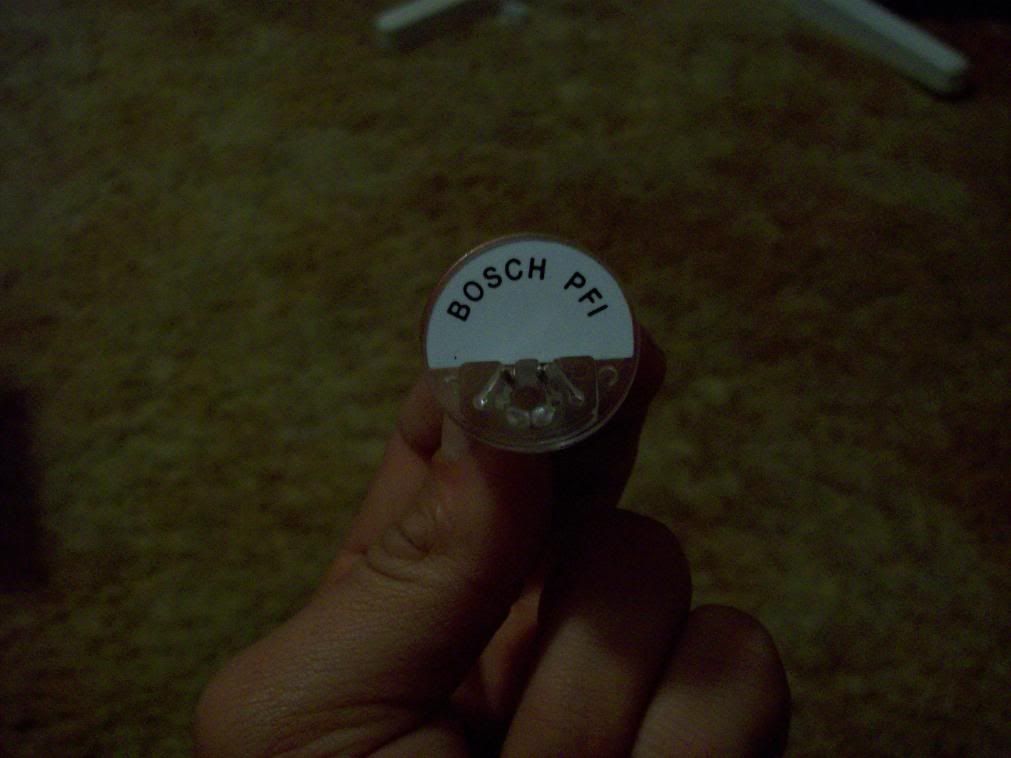 2. Remove the injector connectors from the injectors. 3. Plug the node light into the injector connector. 4. Have someone turn the car over as you watch the light. 5. If the light flashes on and off, you connectors are working properly. If not, you have a problem. If everything else if functioning properly, you could have a bad ecu. Also you could have a loose wire. Here is a video of what it should look like: If you are still not sure you are getting fuel into the engine, you can check the spark plugs to see if they have fuel on them or disconnect the primary fuel rail(after relieving fuel presure) and lift it out. Once you lift it out, physically look at the bottom of the injectors to see if they are wet. That’s it, soup to nuts. Start the car up and enjoy! I’m sure I have left some things out. This is just meant to be a good starting point.
__________________
Road Atlanta August 2011 NASA TT 1:33 http://www.youtube.com/watch?v=IFY00PAK_Ps Traqmate's video of my car from the 2011 UTCC at VIR http://www.youtube.com/watch?v=2Zcn6...layer_embedded Video of Yellow LS1 FD at NASA TT at VIR http://www.youtube.com/watch?v=e6k0lJkcwrM Last edited by Brent; 04-03-2008 at 02:04 PM. |
|
|

|
| Bookmarks |
| Thread Tools | |
| Display Modes | |
|
|